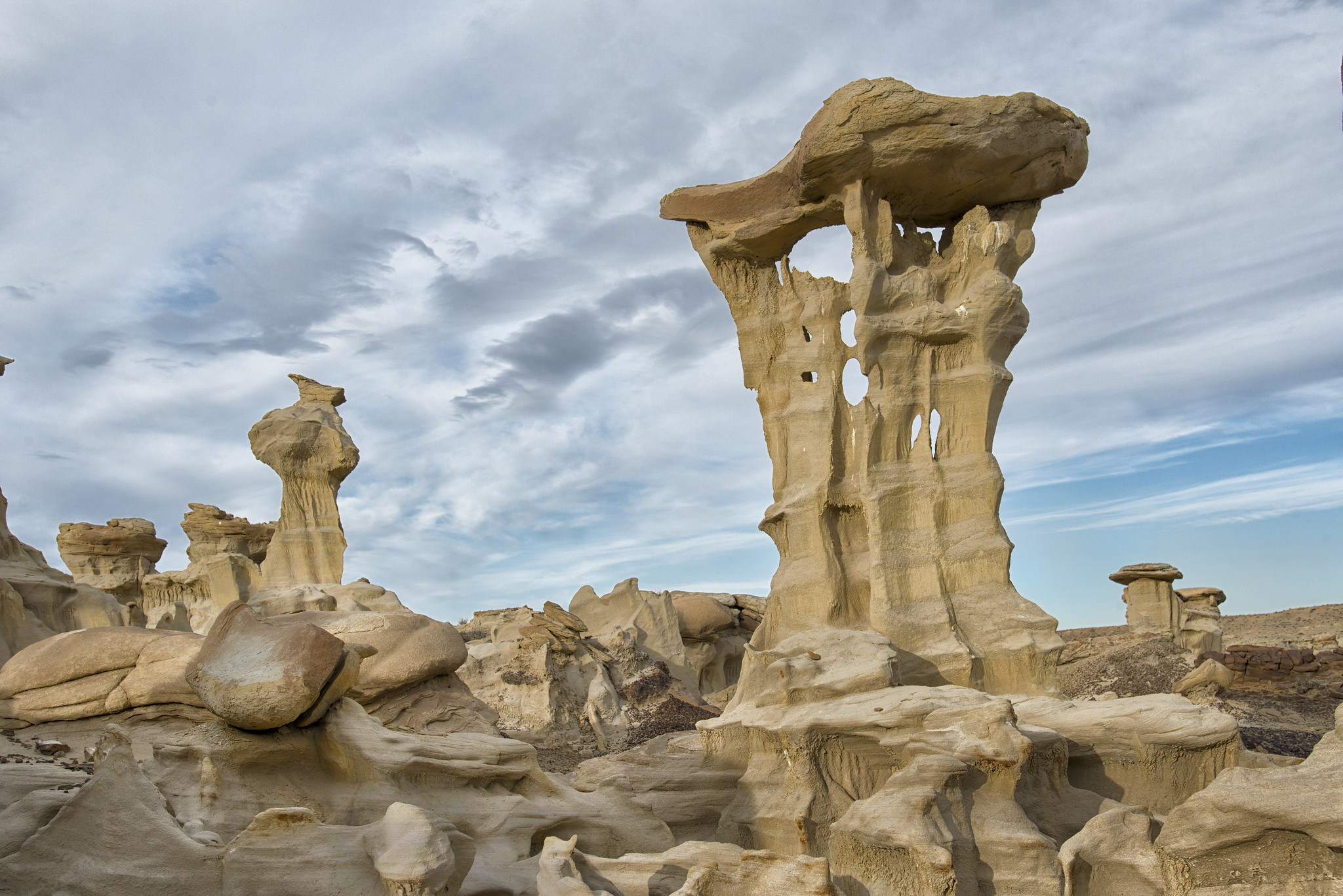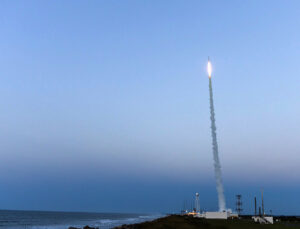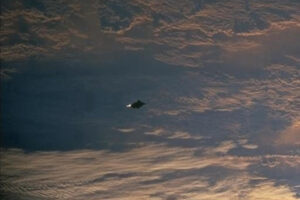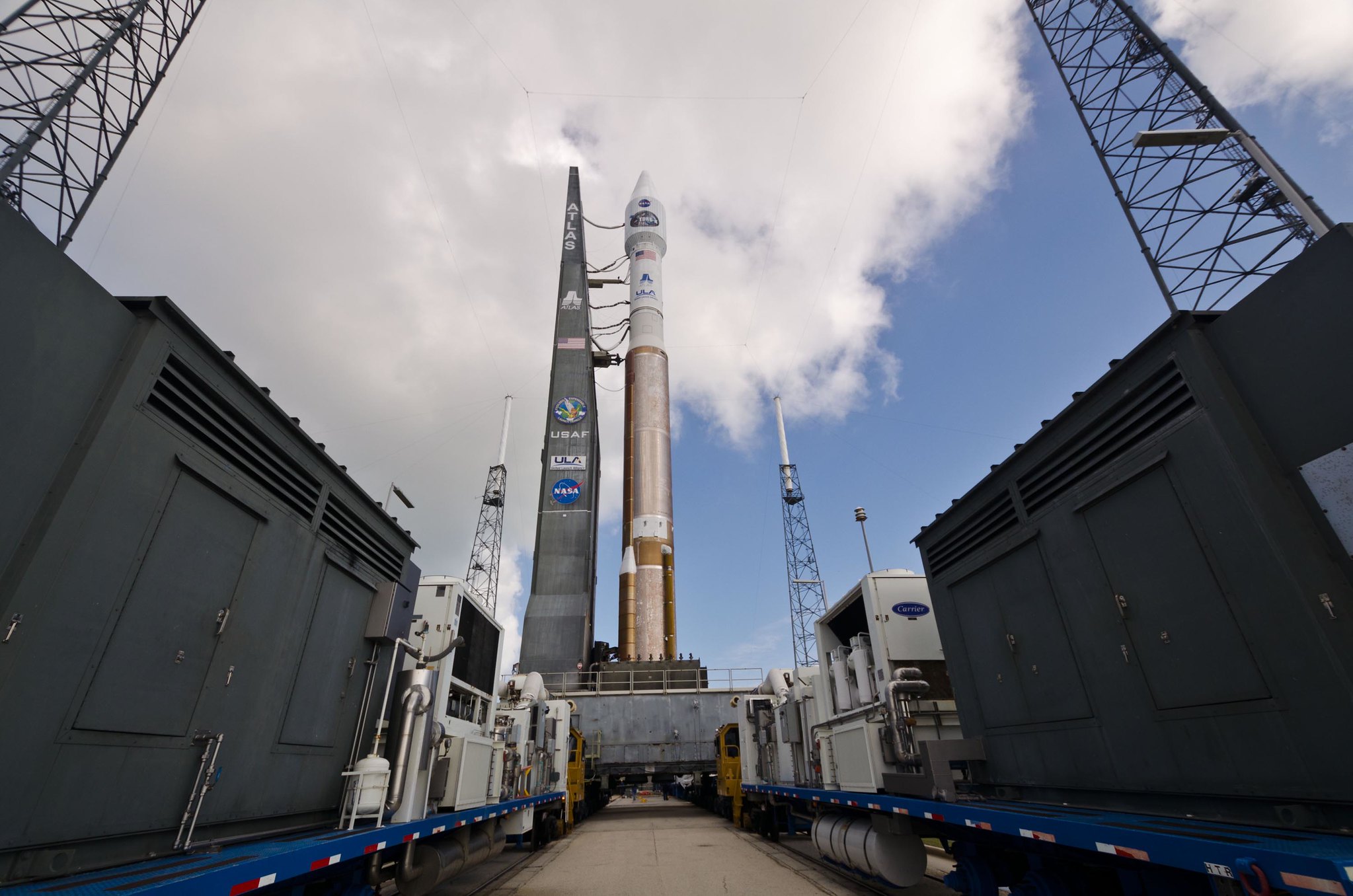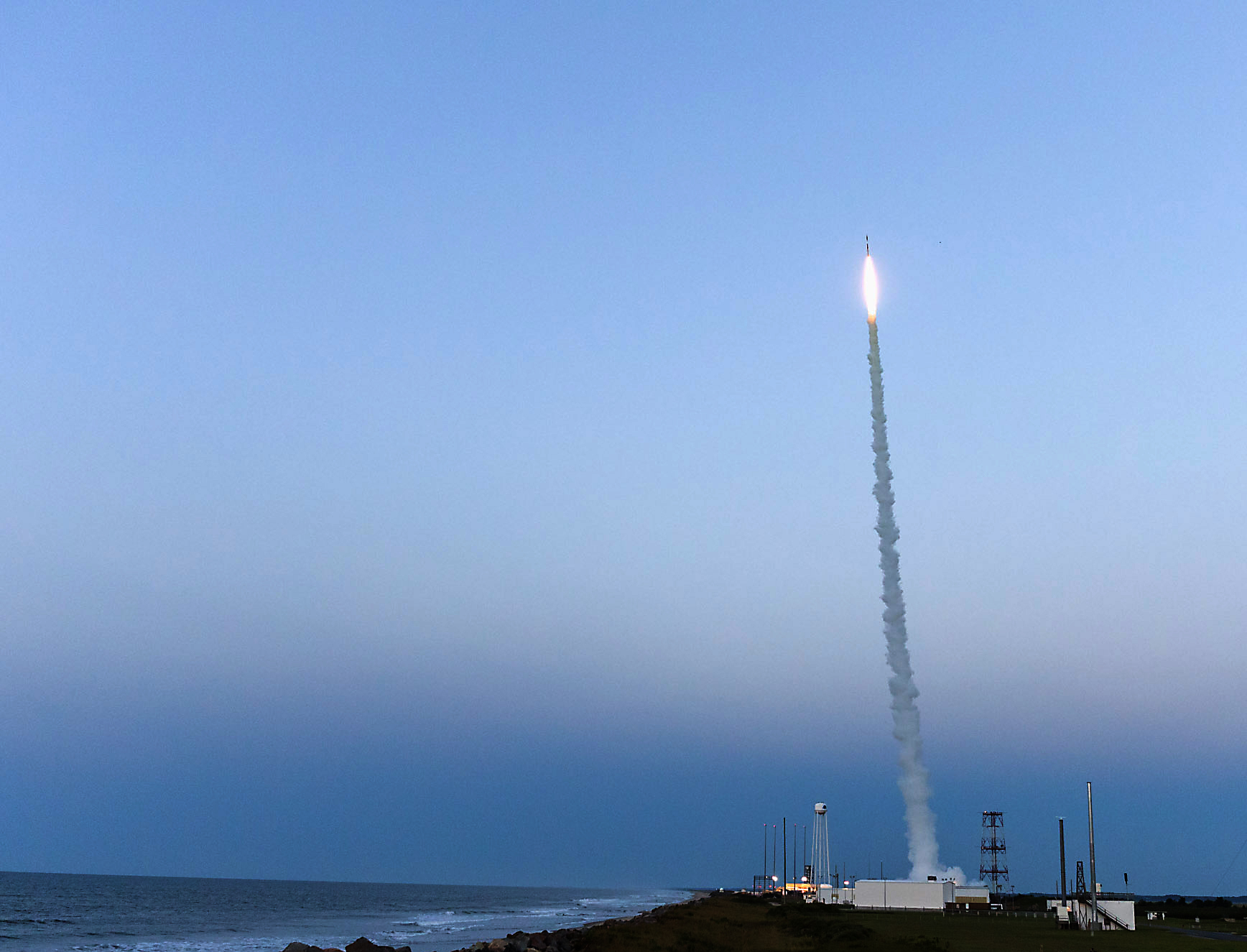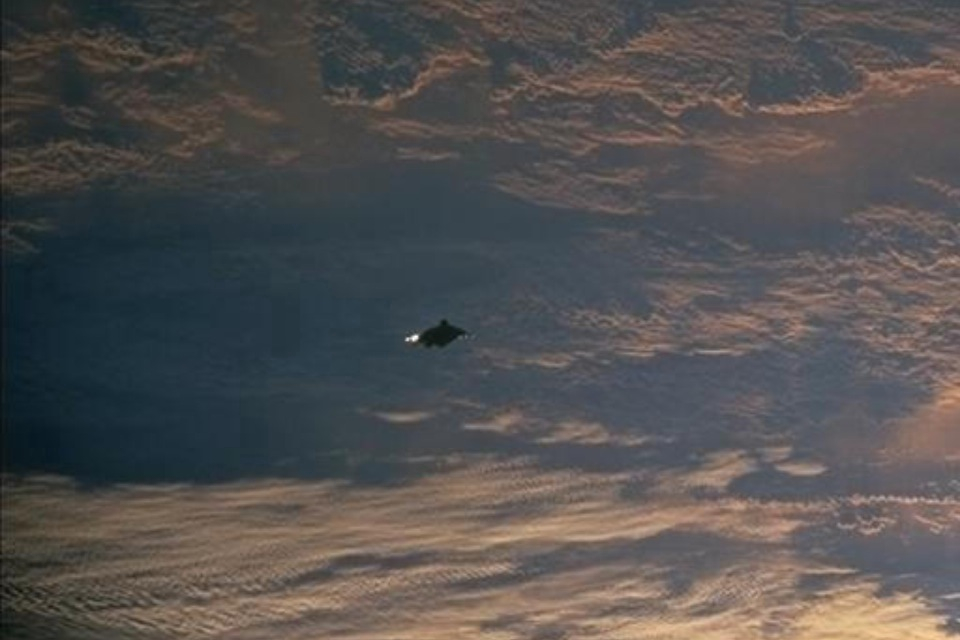Harvard professor and theoretical physicist Avi Loeb has made headlines with his claims of potentially finding remnants of alien technology.
In 2014, a meteor crashed into the ocean near Papua New Guinea, leaving behind small dust-like spheres weighing a total of 35 milligrams.
According to Loeb, these microscopic spheres could be evidence of extraterrestrial civilization.
During the analysis, it was discovered that the spheres were composed almost entirely of iron, with minimal traces of nickel.
This composition differs significantly from most meteorites, which contain significant amounts of nickel. This discrepancy adds to the anomalous nature of the spheres.
Harvard professor Avi Loeb on what he believes he may have found — fragments of alien technology from a meteor that landed in the waters off of Papua, New Guinea in 2014. U.S. Space Command confirms the material likely came from another solar system. pic.twitter.com/xuxRetk4X0
— CBS News (@CBSNews) July 11, 2023
While Loeb’s findings are intriguing, they have been met with skepticism from other scientists.
Steve Desch, an astrophysicist at Arizona State University, expressed concern about Loeb’s claims overshadowing sound scientific research.
Desch argues that Loeb’s wild assertions can distort the field of study.
This is not the first time Loeb has proposed controversial ideas. He previously suggested that ‘Oumuamua, the first interstellar object discovered in our solar system, could have been an alien probe.
His willingness to embrace uncertainty and challenge established theories has earned him both supporters and critics within the scientific community.
Critics argue that Loeb’s beliefs may be influenced by his desire for alien visitations to be validated by science.
However, Loeb contends that embracing uncertainty is crucial for scientific progress. He points to previously controversial theories, such as the Big Bang and evolution, which eventually gained acceptance.
The debate surrounding Loeb’s claims serves as a reminder of the importance of rigorous scientific inquiry.
As more data is collected and analyzed, scientists will continue to explore the mysteries of the universe, including the possibility of extraterrestrial life.

